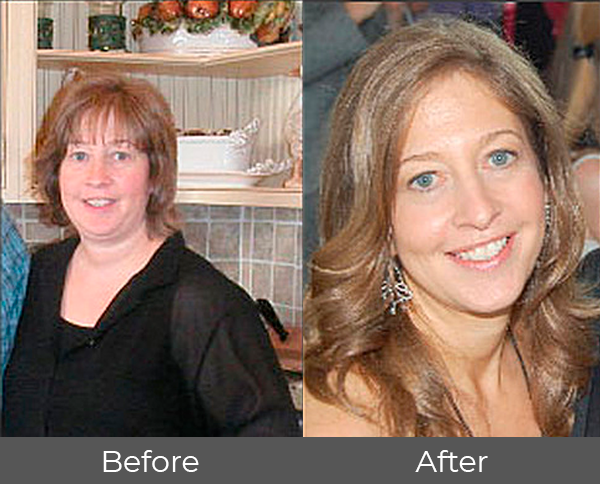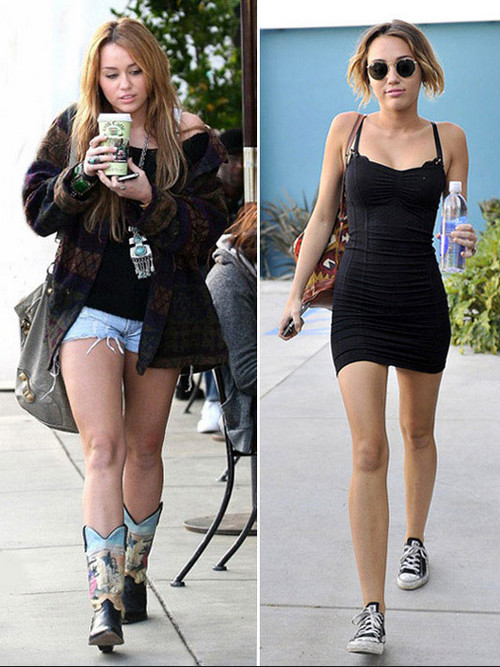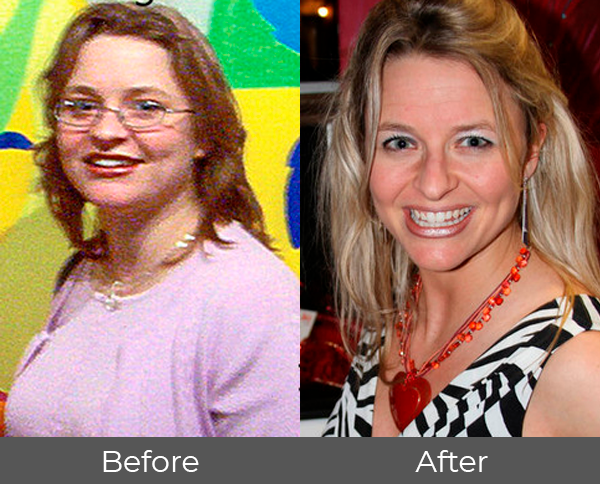Gluten Free Diet
The term “gluten-free diet” is used for a diet excluding products that contain gluten1. This mixture of proteins is present in cereal grains, like barley, wheat, triticale2, and rye. You should understand that “gluten-free” does not always indicate the complete absence of gluten. As a rule, it means its harmless level.
What Is the Purpose of a Gluten-Free Diet?
A gluten-free diet is a popular method of treating celiac disease3. In fact, it is the only treatment which is medically accepted.
Persons having this disease are hypersensitive to gluten and it causes inflammation in their small intestines4. If these people exclude foods with gluten from their diets, they are able to control symptoms of the disease and prevent various complications.
Recently, many people have been going on a gluten-free diet, even though they have not been positively tested for celiac disease. Some of them say that it has helped them to lose weight and feel much better.
What Are the Benefits of a Gluten-Free Diet?
At first, when you go on a gluten-free diet, the results can be disappointing. You have to change your eating habits and exclude many favorite foods. You can feel disadvantaged by the restrictions but soon you will realize that a number of gluten-free foods are available in grocery stores.
When people suffering from celiac disease become gluten-free dieters, they have fewer symptoms of their illness and reduce the risk of complications. Of course, they have to remain on this diet for the end of their days and eat gluten-free strictly.
If a gluten-free diet is not able to end the symptoms and prevent complications, doctors prescribe medicaments suppressing the patient’s immune system.
Some advocates also assure that a gluten-free diet helps to treat autism though various studies have not proved its effectiveness.
What Are the Risks of a Gluten-Free Diet?
Many grains are rich of various vitamins and minerals. When you avoid grains being on a gluten-free diet you may get low levels of some nutrients. You should make sure that you have enough calcium, iron, fiber, niacin5, riboflavin, thiamin, folate6, etc.
What Foods Are Allowed?
Very many products are gluten-free naturally. These are fresh eggs, seeds, beans, nuts, fresh meats, poultry, fish, vegetables, fruits, and dairy products. But you should make sure that these foods are not mixed or processed with products containing gluten.
You may also add to your gluten-free diet some other starches and grains, like arrowroot, corn, amaranth, flax, hominy, rice, soy, buckwheat, teff7, tapioca, etc.
What Foods Should Be Avoided?
You must always avoid product containing rye, wheat, barley, and triticale. Remember that wheat foods can have numerous names: durum flour, bulgur, graham flour, farina, semolina, kamut, spelt, etc. All of them should be excluded from your diet if you have celiac disease.
As a rule, most products with malt are made from barley, so you have to avoid them too.
The following products also must be avoided unless you see the label “gluten-free” on them or unless they are made with some gluten-free grain: breads, beer, candies, cookies, cakes, crackers, pies, croutons, gravies, French fries, matzo, pastas, imitation seafood and meat, processed meats, soups, snacks, and sauces.
If you eat food containing gluten, it is possible that you will have diarrhea and abdominal pain.
Gluten Free Diet Success Stories
Amy Glass
Before Amy Glass went on a gluten-free diet, she had excessive weight, felt exhausted and suffered from cravings. Then she found out that gluten in her diet was responsible for her poor health. She did gluten-free detoxification and excluded gluten from her diet. Four years have passed since then. Amy Glass has lost more than 75 pounds and now she is energetic and full of vital energy. She says that she has never been healthier, happier and better-looking.

Miley Cyrus
Miley Cyrus went on a gluten-free diet because she has a lactose and gluten allergy. For her, it was not about weight, it was about health, but anyway she lost about twenty pounds. Now she feels much better and is going to continue following a gluten-free diet.

Michelle
When Michelle was a child she never had any symptoms of celiac disease. She ate pizzas, bread, pancakes, and other foods full of gluten. Lack of concentration, feelings of boredom, low energy, and depression started when she was a pre-teen, but nobody paid much attention to these signs because they are typical for most teenagers.
In high school, Michelle was constantly depressed and had very low energy. Off and on, she had terrible cramps, stomach aches, and serious problems with her skin. Doctors were not able to recognize any connection between what she ate and her poor health.
By the end of the high school, Michelle’s skin was extremely bad. It hurt even to touch her face and there appeared scars on it. She was diagnosed with anemia and started taking special supplements. Sometimes she threw up a couple of hours after having a meal.
The things went even worse when Michelle became a college student. She was depressed because of constant pains and skin problems.
Then Michelle heard someone mentioning gluten allergies and thought that it might have the connection to her pains. She decided to try a gluten-free diet and stopped eating foods containing gluten. Almost immediately, her stomach pains and the throwing up went away. Then her skin started clearing up. Michelle felt much better in general. Moreover, she noticed that she had lost several pounds and her body became slimmer.
By now, her skin has cleared up. Her mood has lifted. Her bellyaches have stopped. She is very proud and happy that she has been able to find a way to recover her health. And Michelle wants everybody to understand that it is possible to live without gluten.

Mara Alexander
Mara is the creator and owner of GlutenFreeWorld.tv. This is a popular website consecrated to helping people who have celiac disease or are on a gluten-free diet.
Mara had severe gastrointestinal problems from the time when she was a child. She had to spend much time at her doctor’s office while her friends were playing. Because of her health problems, she missed many classes in the school.
She visited twelve doctors trying to solve her problems and discovered a specialist who was able to find out that her bad health was a result of celiac disease. It was he who advised her to go on a lifelong gluten-free diet.
It helped Mara Alexander to lessen most of the symptoms. Now she feels much better and hopes that her website will encourage other people having celiac disease and following a gluten-free diet.

- Gluten is a protein complex found in cereal grains like wheat. It is makes dough elastic. Gluten causes illness in those who have celiac disease.
- Triticale is a hybrid cereal which is a cross between rye and wheat.
- Celiac disease is a sickness in which hypersensitivity of the small intestine to gluten leads to difficulty in digesting products containing this mixture of proteins.
- Small intestine is the part of the intestine running between the large intestine and the stomach. It consists of the ileum, duodenum, and jejunum. Digestion is completed in the small intestine.
- Niacin (or nicotinic acid) is a vitamin containing in wheat germ, liver, milk, yeast, and other foods. Its deficiency may cause pellagra.
- Folate is an ester or salt of folic acid.
- Teff is an African cereal which is used to make flour. Teff is cultivated mainly in Ethiopia.